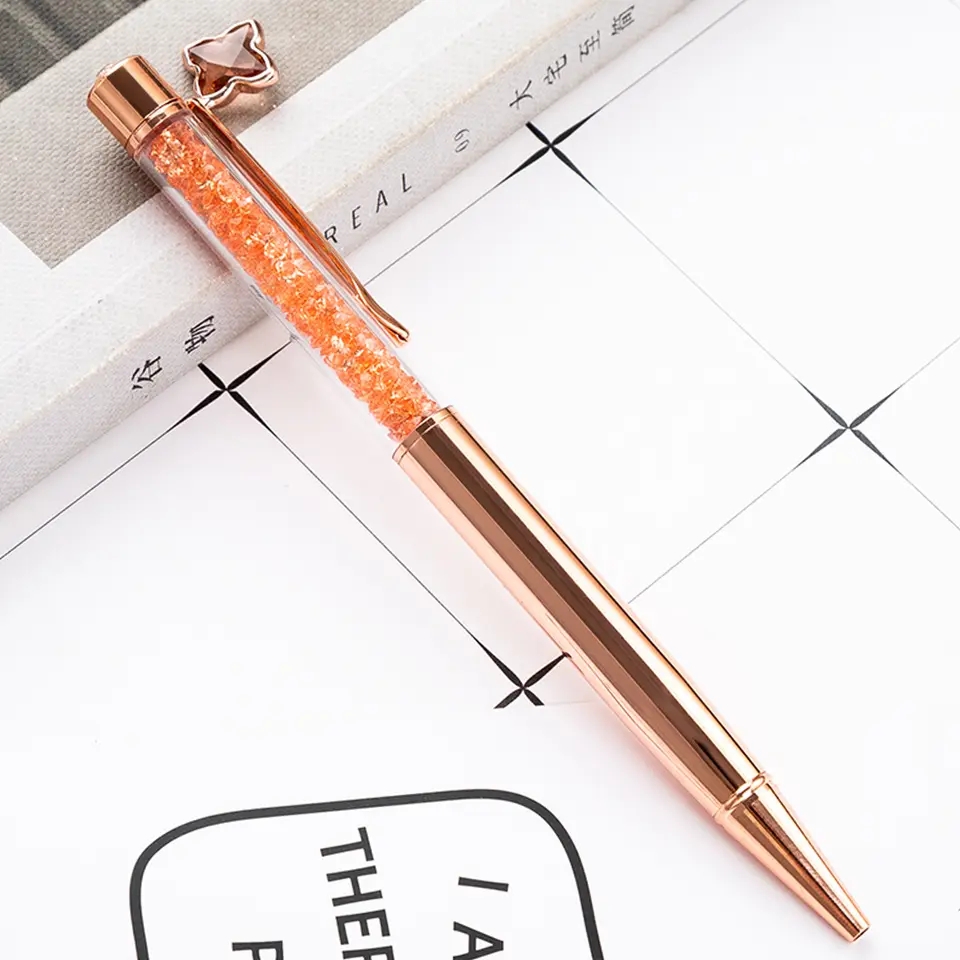In the ever-evolving landscape of writing instruments, the Ball Pen remains an enduring symbol of dependability and versatility. This unassuming yet indispensable tool has etched its place in history, serving as a steadfast companion in classrooms, offices, and homes around the world. In this article, we will embark on a journey to explore the intriguing history, intricate design, versatile applications, and key considerations for selecting the perfect Ball Pen.
1. Tracing the Fascinating History of the Ball Pen
The Ball Pen, or ballpoint pen, emerged onto the writing scene in the early 20th century, thanks to the inventive mind of Hungarian journalist László Bíró. In 1938, Bíró introduced a revolutionary design featuring a tiny ball at the tip, a departure from traditional fountain pens. This innovative breakthrough not only eliminated the need for constant ink refills but also ensured a smooth and uninterrupted writing experience.
2. Deconstructing the Ball Pen’s Anatomy
The Ball Pen is a marvel of precision engineering and thoughtful design, consisting of several crucial components:
Pen Barrel: Typically crafted from plastic, metal, or a blend of materials, the barrel provides structural integrity and a comfortable grip.
Pen Cap: A removable cap that not only protects the pen’s ballpoint but also prevents ink from drying out and shields pockets and bags from unwanted ink stains.
Ballpoint: The heart of the Ball Pen, housing a small rolling ball that dispenses ink consistently and uniformly onto paper, delivering legible and smudge-free writing.
Ink Reservoir: Nestled within the barrel, the ink reservoir stores an ample supply of ink, ensuring a continuous and effortless writing experience.
Ink: Meticulously formulated, the ink flows smoothly, dries quickly, and resists smudging, resulting in clean and professional-looking writing.
3. The Versatile Applications of the Ball Pen
The Ball Pen’s adaptability knows no bounds, making it an essential tool in various domains:
Educational: Students rely on Ball Pens for note-taking, completing assignments, and excelling in exams, valuing the reliability and consistency they offer.
Professional: In the corporate world, Ball Pens are indispensable for signing contracts, taking meeting notes, and maintaining meticulous records, exuding professionalism.
Artistic: Artists and illustrators appreciate the Ball Pen for its precision, using it for sketching, shading, and adding intricate details to their creations.
Everyday Use: Whether composing heartfelt letters, jotting down grocery lists, or capturing personal thoughts in a journal, Ball Pens are steadfast companions in daily life.
4. Tips for Choosing the Ideal Ball Pen
Selecting the right Ball Pen can significantly enhance your writing experience. Here are some key considerations:
Ink Type: Choose between oil-based or gel ink based on personal preference. Oil-based ink dries quickly, while gel ink offers smoother writing and a broader range of colors.
Tip Size: Ball Pen tips come in various sizes, with finer tips suitable for precise work and broader ones for bolder strokes.
Material and Aesthetics: Consider the design, materials, and aesthetics that resonate with your style, whether it’s a classic metal finish or a vibrant plastic casing.
Budget: Ball Pens are available in a wide price range, so find one that aligns with your budget without compromising on quality.
In conclusion, the Ball Pen stands as a timeless symbol of the writing world, cherished for its reliability and adaptability. With a rich history, intricate design, and myriad applications, it continues to hold a special place in our lives. By understanding its components and carefully selecting the right Ball Pen, you can elevate your writing experience across educational, professional, artistic, and everyday realms. Whether you’re a student, a professional, an artist, or simply someone who values the act of writing, the Ball Pen remains an indispensable companion for every occasion.



